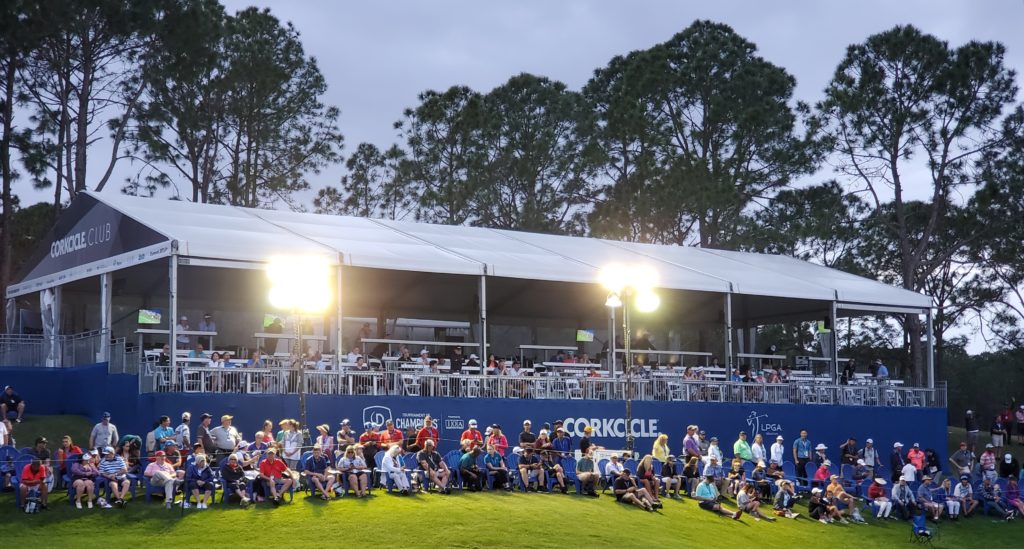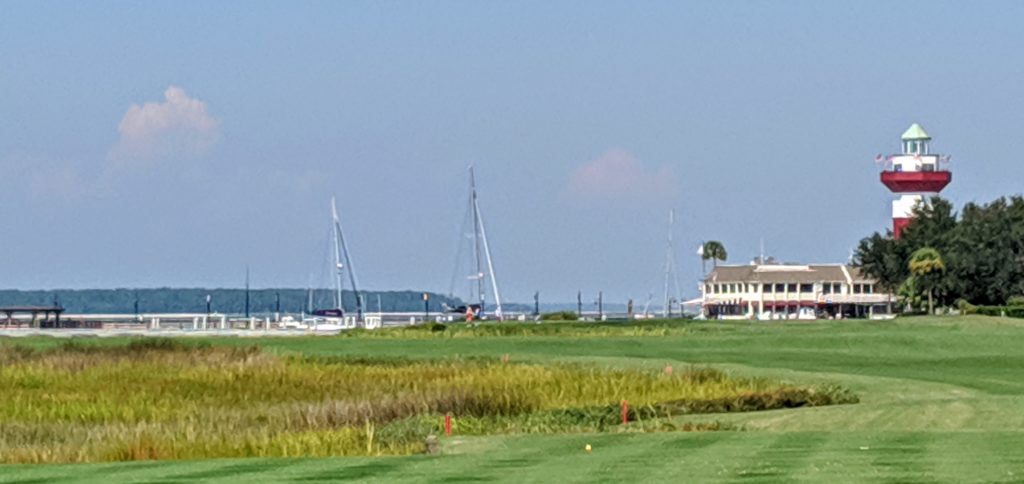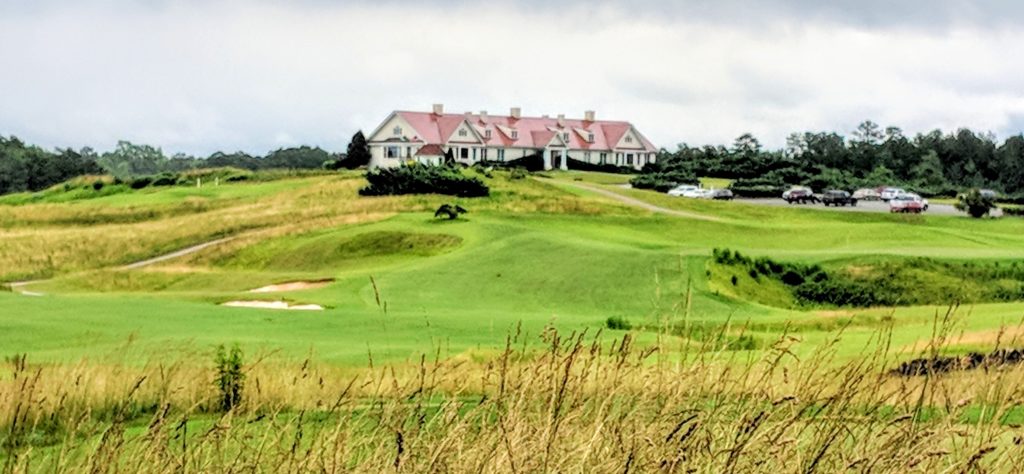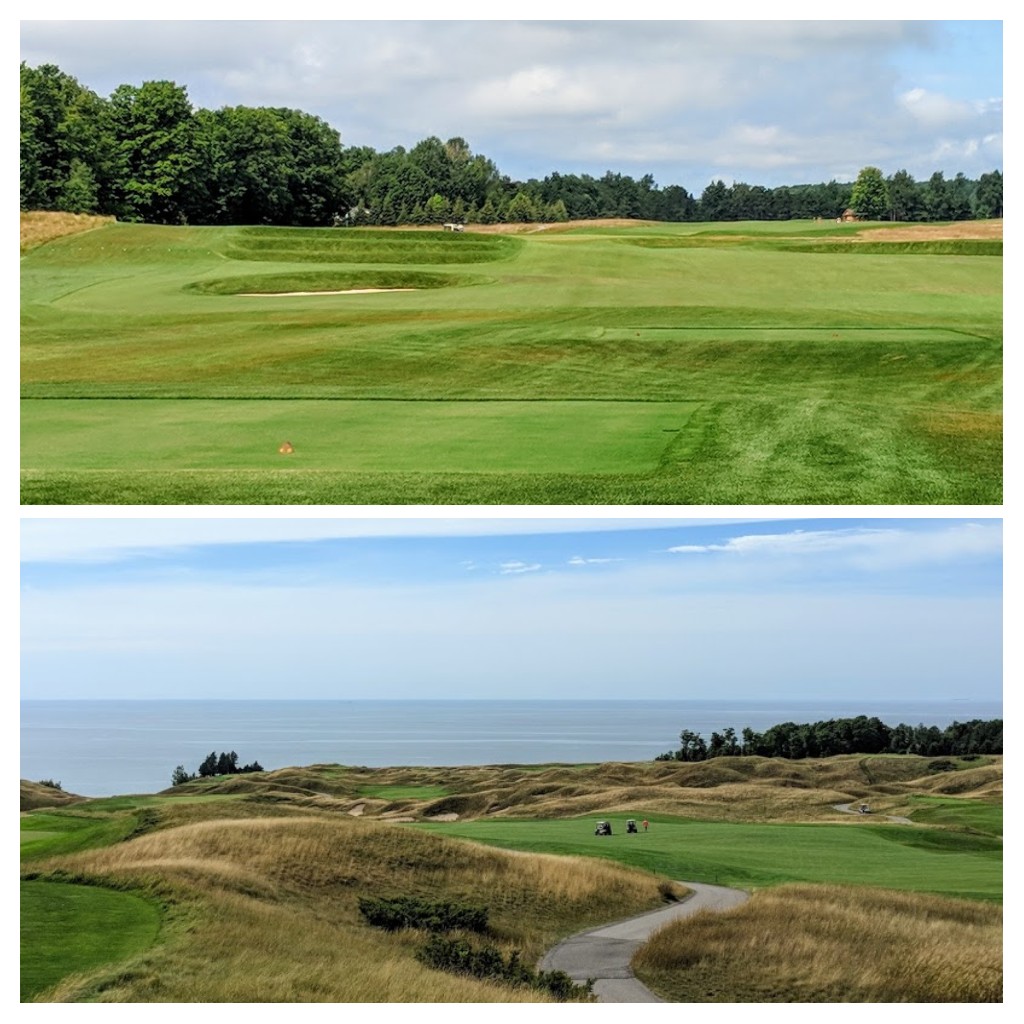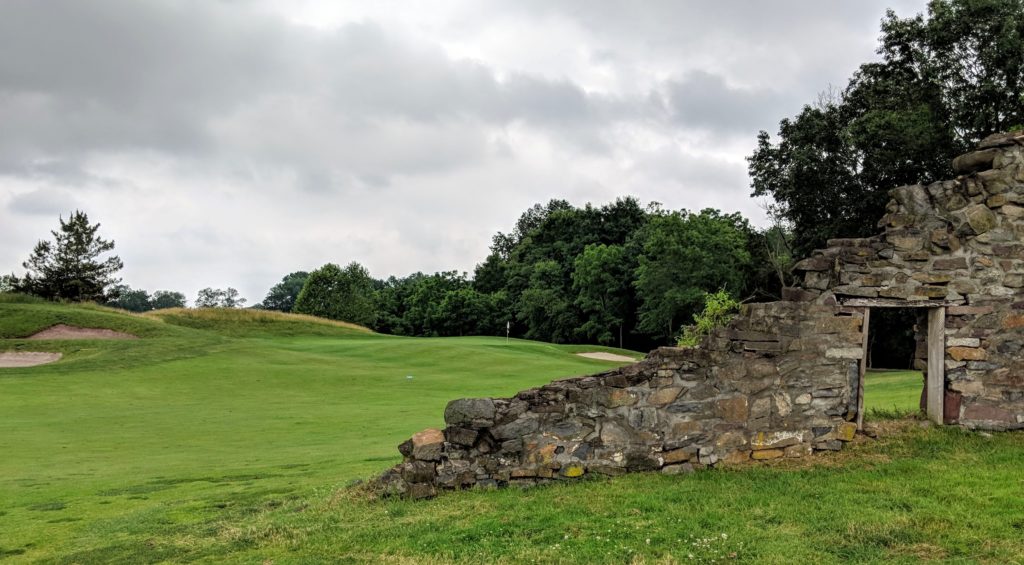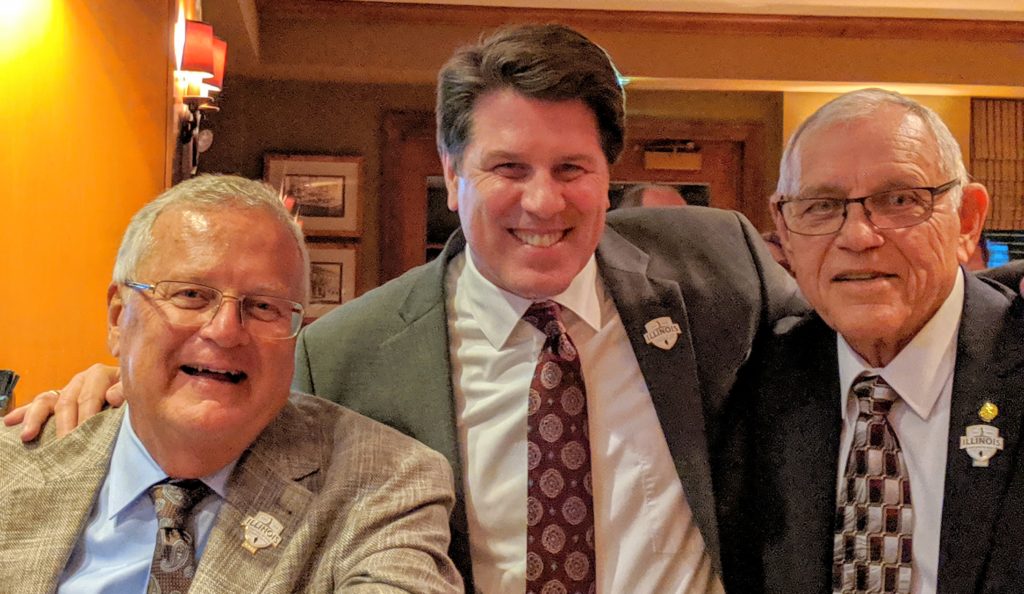Hilton Head bills itself as “The Golf Island,’’ and – given all the great golf that can be played there — it’s hard to argue with that. There are some areas for concern, however.
Barry Fleming, executive director of the South Carolina Lowcountry Golf Course Owners Association, believes Hilton Head still has one troublesome issue.
“One of the biggest misperceptions is where it is, because so many people haven’t been there,’’ said Fleming. “It’s at the bottom tip of South Carolina, two hours from the Florida line. It’s much warmer than Myrtle Beach and Pinehurst.’’
Two other well-known golf meccas — Myrtle Beach, also in South Carolina, and Pinehurst, in North Carolina — are both several hours to the north of Hilton Head. The winter weather in those destinations figures to be notably colder than it would be at Hilton Head.
The Hilton Head area is just much different place. Though it has some beautiful beaches, it’s more than an island. There are no neon signs and no street lights, and there’s an abundance of upscale restaurants. That’s the island aspect to the Hilton Head area.
Fleming’s organization encompasses not only the island, but also the towns of Bluffton and Beaufort. There’s almost as much golf played there as there is on the island. The South Carolina Lowcountry Golf Course Owners Association has 15 member courses on the island and 14 off the island, but it’s only a 45-minute drive from end to end.
That can create some difficult decisions for Hilton Head’s golfing visitors. If money’s not a concern the must-stay location is the island’s Sea Pines Resort, home to Harbour Town (the site of the PGA Tour’s annual RBC Heritage Classic) and a couple other high-end layouts in Atlantic Dunes and Heron Point.
Not taking anything away from those courses, Fleming admits “it can’t always be Sea Pines.’’
And that couldn’t be any more true than this year. Based on some recent developments the must-play course in the Hilton Head area should be the Robert Trent Jones Oceanfront Course at the Palmetto Dunes Resort. It was deemed South Carolina’s Course-of-the-Year by a vote of its peers in 2018 and the SCLGCOA Course-of-the-Year for 2019.
Those are lofty accolades, given all the quality courses in South Carolina.
The Robert Trent Jones Oceanfront Course opened in 1969, seven years after golf made its debut on Hilton Head. The first 18-holer there was called the Ocean Course and now – after a fullscale renovation – is called Atlantic Dunes. The Ocean Course started the golf boom in the Hilton Head area.
Palmetto Dunes’ first layout also has the ocean reference and has always been among the most popular at Hilton Head, despite the fact that its name is a bit misleading. The ocean aspect is a major factor on only one hole, the signature par-5 tenth.
The course, though, is a true out-and-back links layout noted for having back-to-back par-5s (Nos. 9 and 10) that touch the island’s 12 miles of Atlantic Ocean beaches. An 11-mile lagoon also provides water views on the back nine.
Like Sea Pines, Palmetto Dunes has three courses and the Robert Trent Jones Oceanfront Course isn’t the resort’s most difficult. Its George Fazio Course is the only par-70 layout on the island and has the area’s most testing four-hole finishing stretch.
By no means, though, should the golf focus be limited to the two big resorts, Sea Pines and Palmetto Dunes. The Heritage Golf Collection of courses has one that I particularly like, Oyster Reef. It was designed by Rees Jones, son of the original designer of Palmetto Dunes’ Oceanfront layout. It’s got some breath-taking views, too, and its No. 6 hole is one of the best par-3s in the Hilton Head area.
The Sea Pines, Palmetto and Heritage courses are all on the island. The off-island layouts provide some good options as well, with Hilton Head National and Old South Golf Links – both located in Bluffton — at the top of that list.

